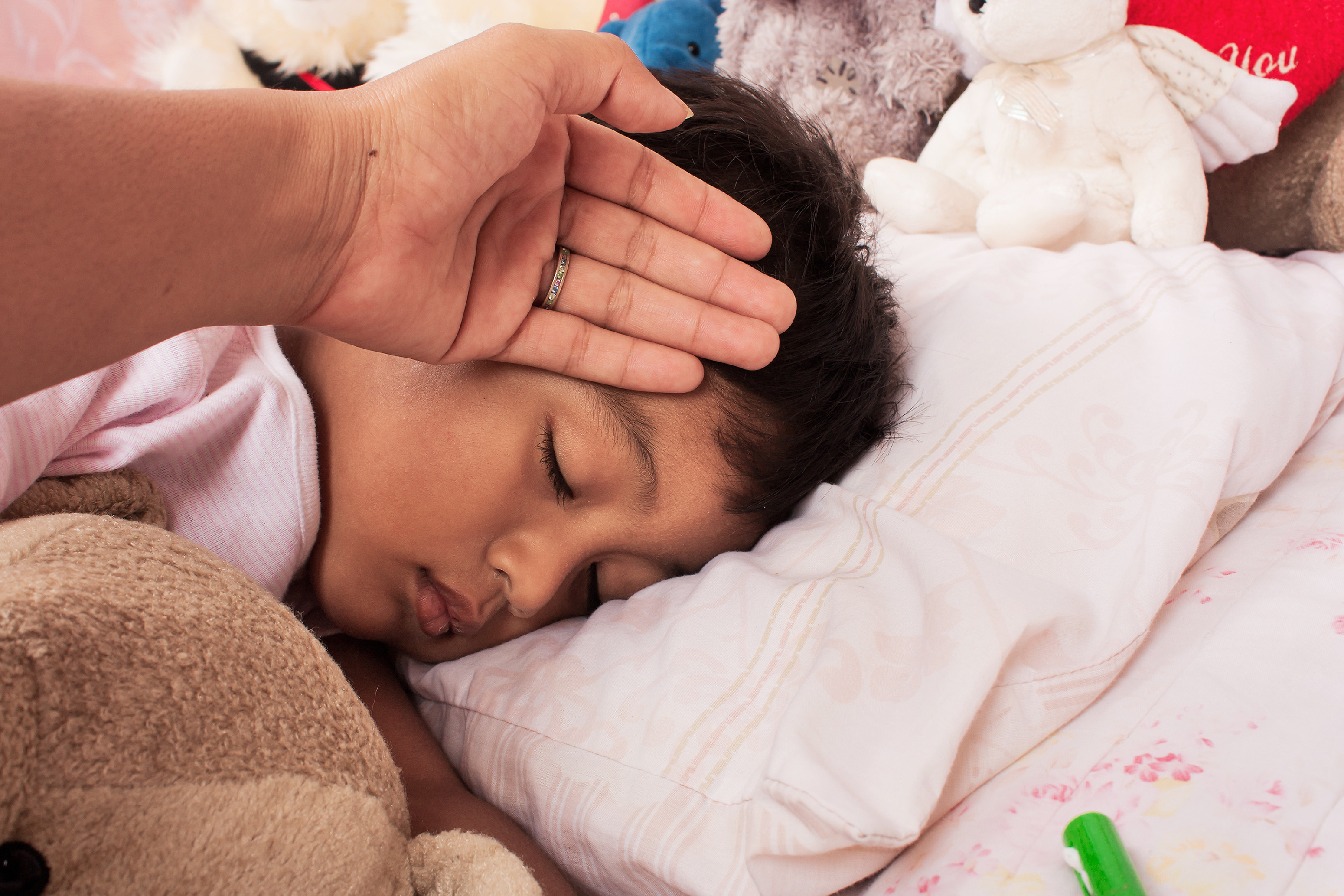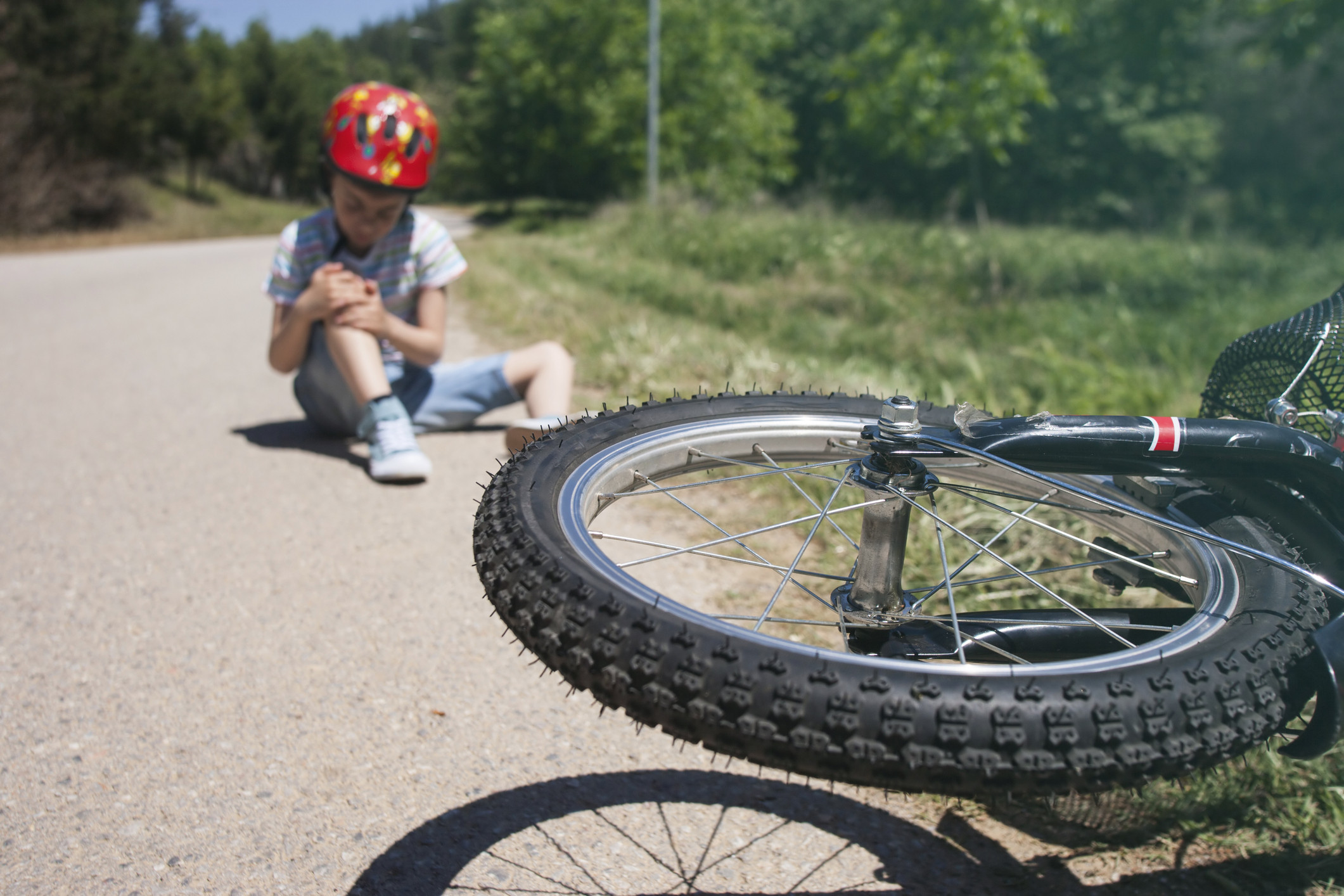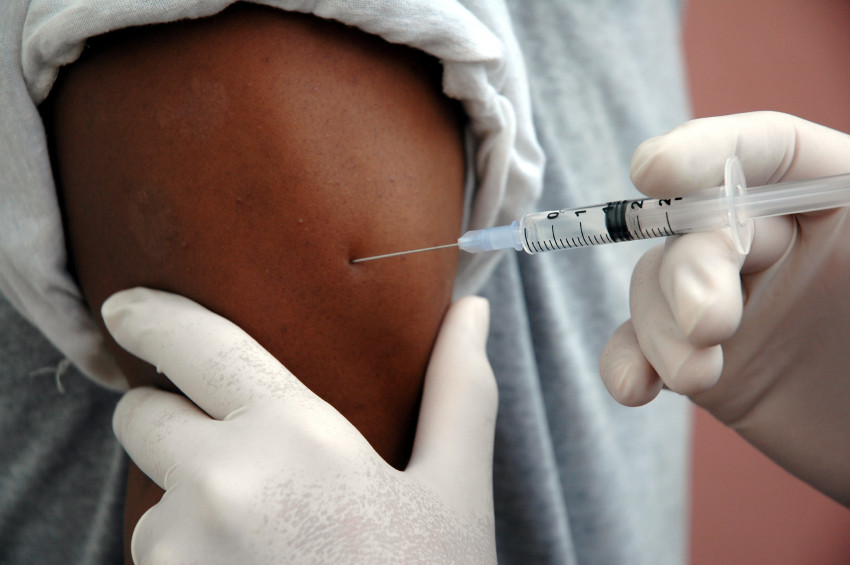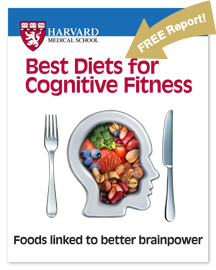
Chickpeas: Easy ways to eat more of this nutritious legume

Do products that claim to stop snoring actually work?

Flowers, chocolates, organ donation — are you in?

Chair yoga: Benefits of a mind-body practice without the risk of falling

Need a prescription for an ED medication? What to know about BlueChew, hims, Roman, and other online ED medication retailers

Low-carb foods: Nutritious choices for creating a sustainable diet that's lower in carbohydrates

Pilates: A good option for older adults?

A muscle-building obsession in boys: What to know and do

Calcium-rich foods: How to boost your intake of this important mineral

DNR: What is a do-not-resuscitate order?
Child & Teen Health Archive
Articles
Teen drug use is down: Better parenting, or more smartphones?
Data from an annual survey show that use of illicit drugs among teenagers is in decline, and has been for some time. It’s possible that this can be partially attributed to the popularity of smartphones.
American Academy of Pediatrics urges care and compassion for immigrant children
In response to the government’s changes in immigration policy, the American Academy of Pediatrics has released a statement expressing concerns about the treatment of immigrant children.
Parents: Call the doctor right away for these 4 symptoms
Most parents know when their child needs to be seen by a medical professional, but certain symptoms should be considered warning signs that require immediate attention. If your child perks up, or stops crying, or otherwise looks completely fine once you see a doctor, don’t feel silly. These symptoms terrify doctors, so it’s always better to be safe than very, very sorry.
Parents: As more states legalize marijuana, here’s what you need to know and do
As marijuana becomes legal or is decriminalized in more states, teens are less likely to view its use as risky, so parents need to talk with their children about safety, especially if they use it themselves.
Parents: How to manage injuries at home—and when you need to go to the doctor
Children are usually active and, as they explore the world, don’t have the common sense and good judgment of most adults. So, it is very common for kids to experience minor injuries throughout childhood. Parents need to know when and how to handle injuries at home and when medical advice or attention is needed.
2017 update to the immunization schedule for kids
The CDC and the AAP update their vaccine recommendations every year, and here are the latest changes. These updates show just how important it is to stay on top of research and help increase the effectiveness of each vaccine. The schedule for routine immunizations and catching up kids who get behind can be found on the CDC and AAP websites if you’d like more information.
Emergencies and First Aid - Emergency Checklist
This list describes your priorities in an emergency situation. Follow these steps:
- Evaluate the scene to protect yourself and others from injury or danger.
- Be calm and reassuring.
- Do not move the person unless he or she is in imminent danger or unless you cannot provide assistance without moving the person.
- Get help. Call out for someone to phone 911 or, if the person does not need immediate assistance, make the call yourself.
- If the situation is a choking emergency, perform the Heimlich maneuver (see Choking).
- Look, listen, and feel for breathing (see Breathing Difficulties).
- Feel for a pulse to determine if the heart is beating.
- Control bleeding with direct pressure.
- Treat for shock.
- If the person is unconscious, move him or her into the recovery position.
Emergencies and First Aid - Removing a Stuck Ring
Removing a Stuck Ring
| ||||
Emergencies and First Aid - Choking
Choking
A person who is choking will instinctively grab at the throat. The person also may panic, gasp for breath, turn blue, or be unconscious. If the person can cough or speak, he or she is getting air. Nothing should be done.
Immediate care
If the person cannot cough or speak, begin the Heimlich maneuver immediately to dislodge the object blocking the windpipe. The Heimlich maneuver creates an artificial cough by forcing the diaphragm up toward the lungs.
Emergencies and First Aid - Cardiopulmonary Resuscitation
When you are alone and have to perform cardiopulmonary resuscitation (CPR), your primary effort should be compressing the chest to help the person's heart pump blood. If there is a second person helping, providing breaths can be done at the same time as compressions are performed.
The brief review of CPR on the following pages can help you in an emergency; however, this information should not take the place of a certified course in CPR.

Chickpeas: Easy ways to eat more of this nutritious legume

Do products that claim to stop snoring actually work?

Flowers, chocolates, organ donation — are you in?

Chair yoga: Benefits of a mind-body practice without the risk of falling

Need a prescription for an ED medication? What to know about BlueChew, hims, Roman, and other online ED medication retailers

Low-carb foods: Nutritious choices for creating a sustainable diet that's lower in carbohydrates

Pilates: A good option for older adults?

A muscle-building obsession in boys: What to know and do

Calcium-rich foods: How to boost your intake of this important mineral

DNR: What is a do-not-resuscitate order?
Free Healthbeat Signup
Get the latest in health news delivered to your inbox!
Sign Up









